Salt is salt, right? Not quite. Salt comes in all different flavors, shapes, and even colors! This list of 15 Different Salts & Their Uses will go over all the different types and what you can use each for.
This post contains affiliate links. See our Disclosure Statement for more information.
15 Different Salts & Their Uses
Table Salt
Table Salt, also known as iodized salt is the most common form of salt. It is mined from underground salt mines and usually has anti-caking agents and iodide added to it. This is the salt you will most commonly find in homes and restaurants across the country as it’s a great every day salt. It’s also ideal for baking, as you will need more precise measurements than other types of salt offer.
Kosher Salt
Chefs swear by Kosher Salt. It’s a great salt for all types of cooking, as it dissolves fast so it’s flavor incorporates throughout dishes very well. When it comes to baking where more precise measurements are needed, stick to table salt.
Sea Salt
Sea Salt has become more popular in recent years. It’s a minimally processed salt that’s produced when ocean and salt water lake water evaporates. Some believe this is a healthier alternative to table salt for every day use. That idea stems more from the fact that sea salt tastes “saltier” so you can use less to get the same results.
Pickling Salt
Pickling Salt is the same as table salt, except without the anti-caking agents and iodine. This makes it ideal for canning and jarring as there will be no sediment at the bottom of the jars.
Seasoned Salt
Seasoned Salt, also referred to as Seasoning Salt, is a combination of salt and other herbs and spices. It is used to add flavor to meats and vegetables. This type of salt comes in a variety of flavors and can be used in place of Kosher salt for cooking, if desired.
Himalayan Pink Salt
Himalayan Pink Salt has also become quite popular recently. It is said to be the purest salt on Earth as it comes from mines deep under the ground that are very, very old. Due to the fact it contains over 80 other minerals and elements in addition to sodium, using this type of salt in place of traditional table salt may offer some health benefits. It can also be used in a salt bath to help detoxify the body, or in the form of a lamp to help purify the air!
Hawaiian Alaea Red Salt
Hawaiian Alaea Red Salt gets its color from the volcanic clay that it’s mixed with. It is commonly used in native Hawaiian recipes but you can use it in cooking or as a finishing salt. If you can find authentic Hawaiian Alaea Red Salt, be prepared to pay. Less expensive red salt is available, but it’s most likely made in California.
Hawaiian Black Lava Salt
Hawaiian Black Lava Salt is a sea salt that is mixed with charcoal giving it detoxifying properties. It has an earthy flavor with a very slight smokiness to it. This salt is most often used as a finishing salt.
Persian Blue Salt
Persian Blue Salt is mined from ancient sea beds in Iran. It is a rare salt, and definitely unique. This salt is probably best used as a finishing salt for it’s beautiful presentation.
Smoked Salt
Smoked Salt is salt with smoke flavor added to it. It can be use to gives meats, vegetables, and other dishes a hint of flame-grilled flavor.
Flake Salt
Flake Salt adds a bit of briny flavor to whatever you use it with. It works great with vegetables, salads, and seafood especially. Due to it’s larger size, it also looks great as a finishing salt.
Sel Gris (Grey Salt)
Sel Gris is mined in the Guérande region of France from clay-lined salt ponds. It has a grey color and an earthy, briny flavor. Use it in baking and cooking, or as a finishing salt.
Kala Namak (Black Sea Salt)
Kala Namak, also known as Black Sea Salt is commonly used in Indian Cuisine. It has a pungent smell, similar to that of egg yolks. Some chefs will also use it to add egg flavor to dishes.
Fleur de Sel
Fleur de Sel is a delicate sea salt that forms on the top of water (most sea salt sinks to the bottom) as water evaporates. It is produced in only very small quantities and is very labor intensive to harvest making it more expensive. Today, it is mainly used as a finishing salt.
Gros Sel
Gros Sel is a grey sea salt harvested from just below the Fleur de Sel layer from the same clay-lined salt ponds in the Guérande region of France. It’s courser, less expensive, and great for every day use in the same way as Kosher Salt.
So there you have it! 15 different salts that you can pick and choose from to meet your flavor and/or presentation goals! If you find this list a little overwhelming, we recommend having at least Table Salt and Kosher salt available. Less intimidating salts to try also include Himalayan Pink Salt, Smoked Salt, and Seasoned Salt.


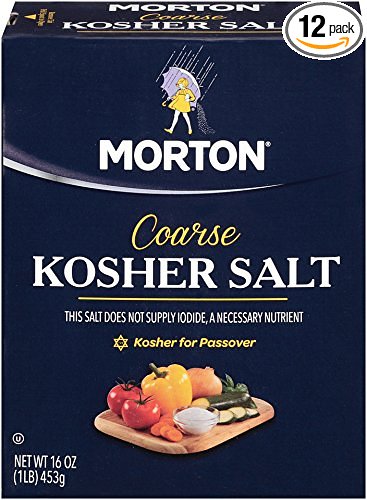
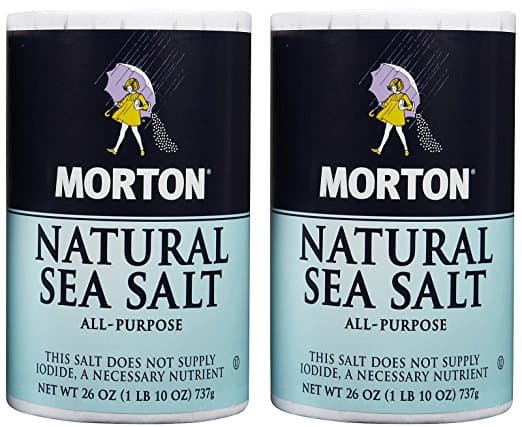
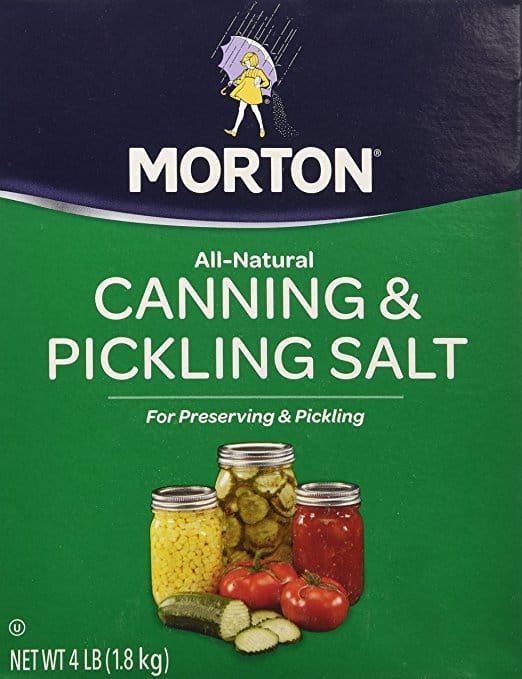
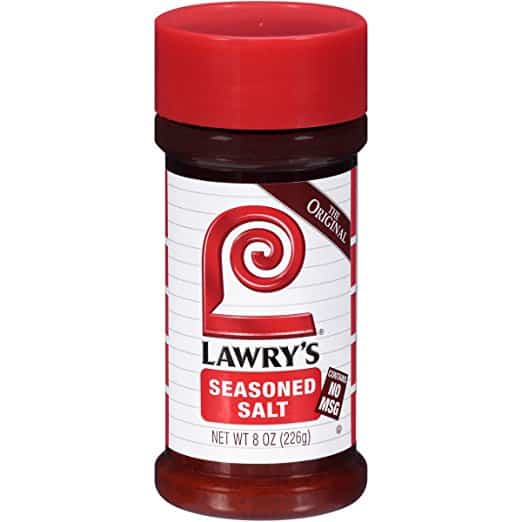
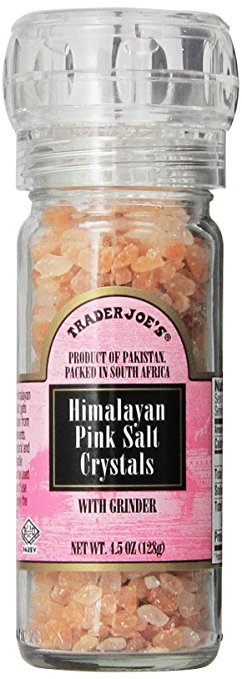
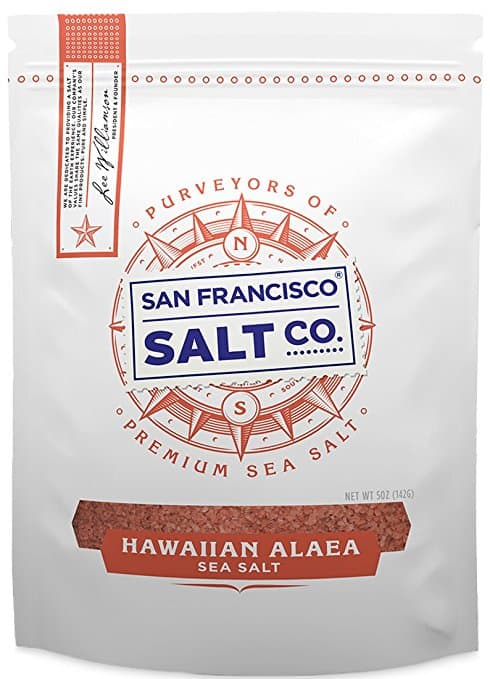
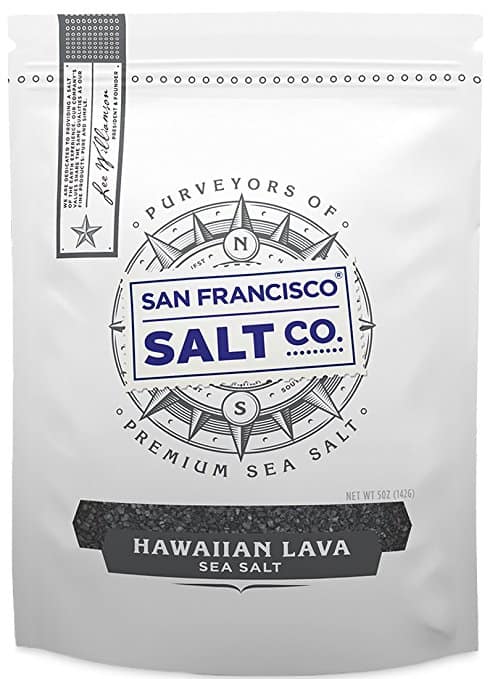

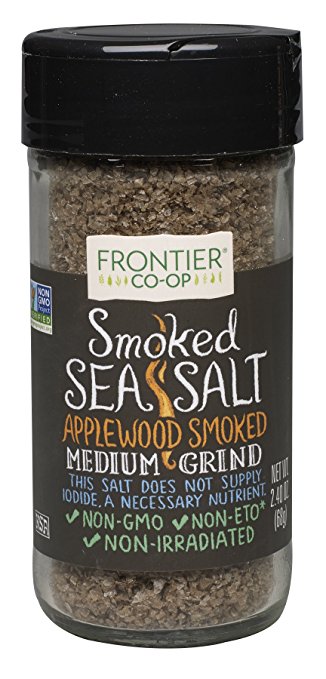
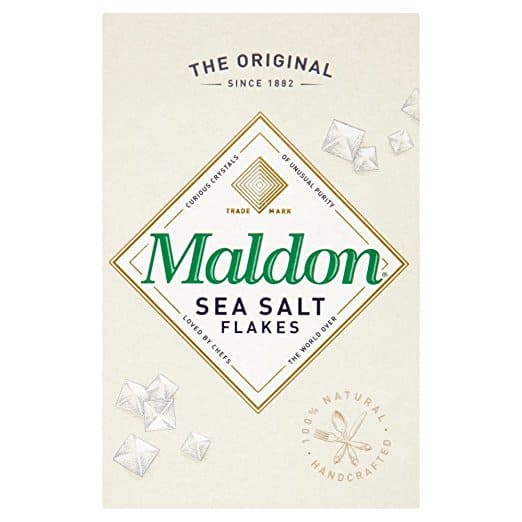
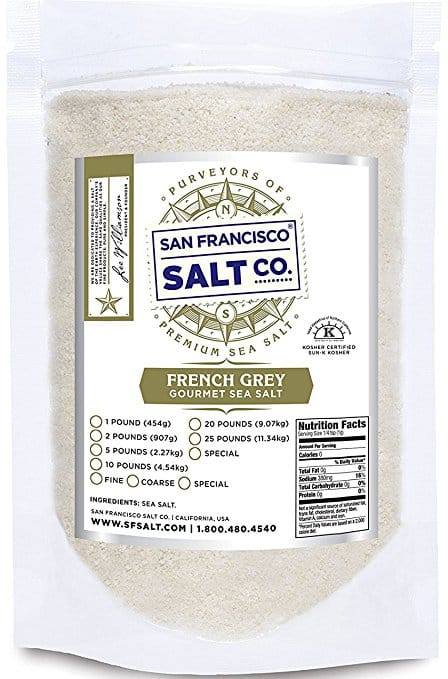
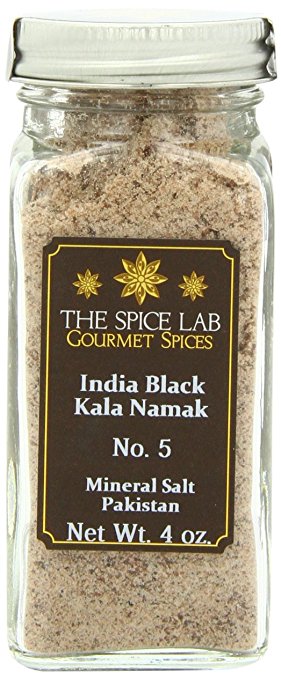
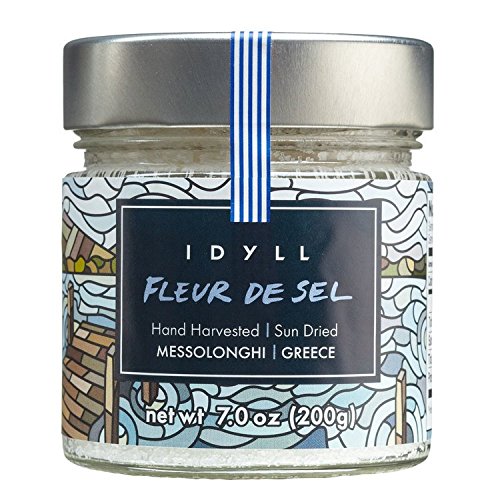
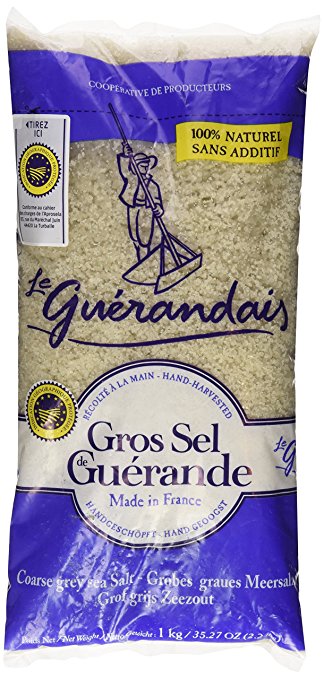






Leave a Reply